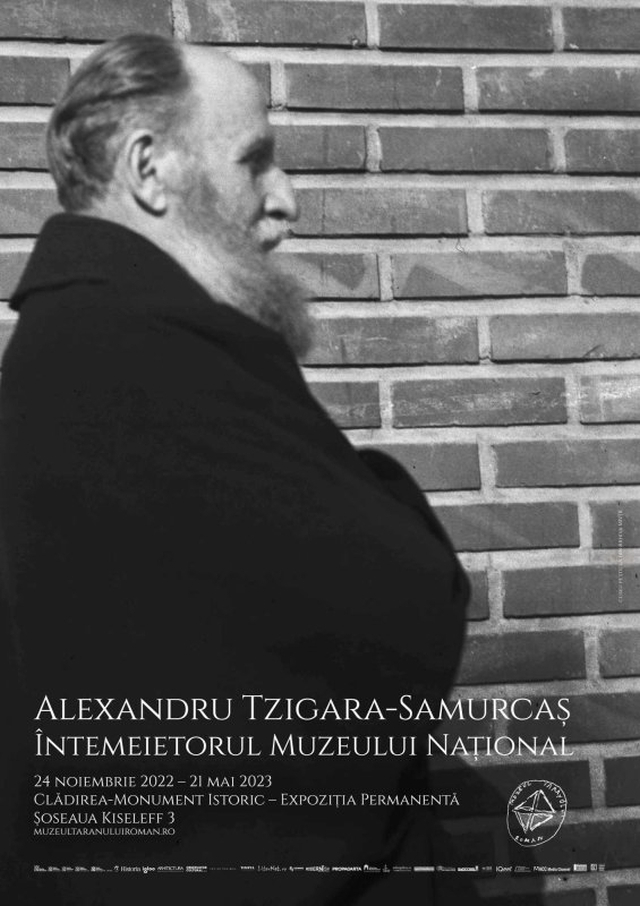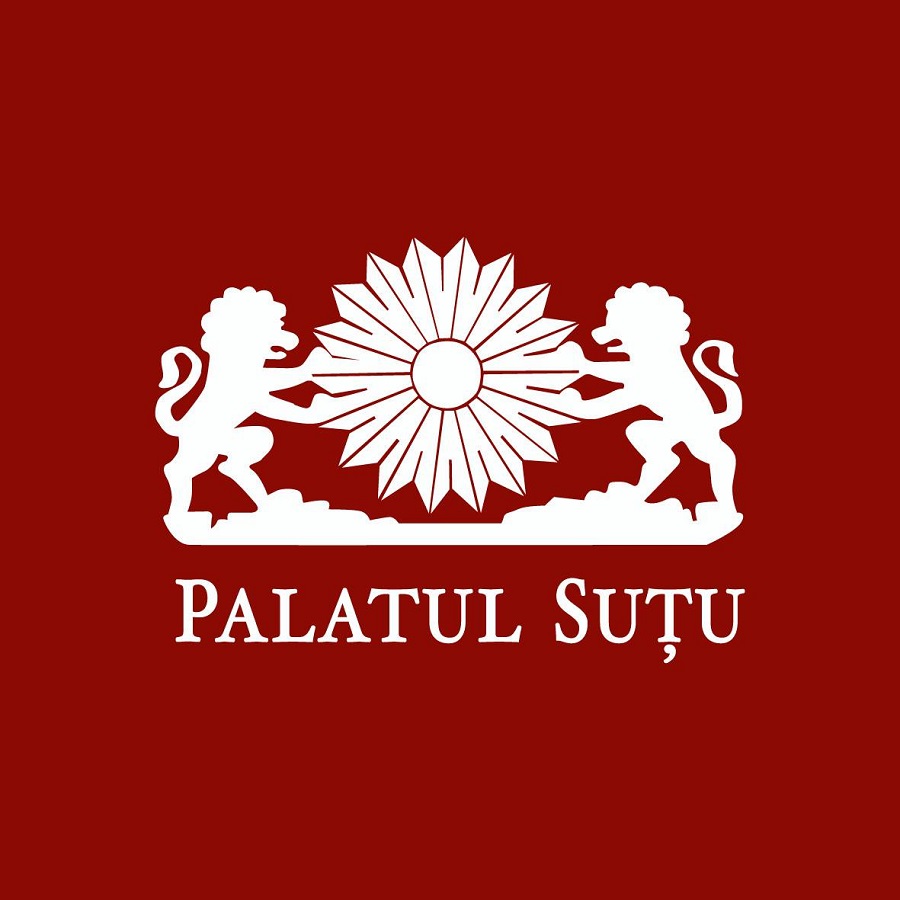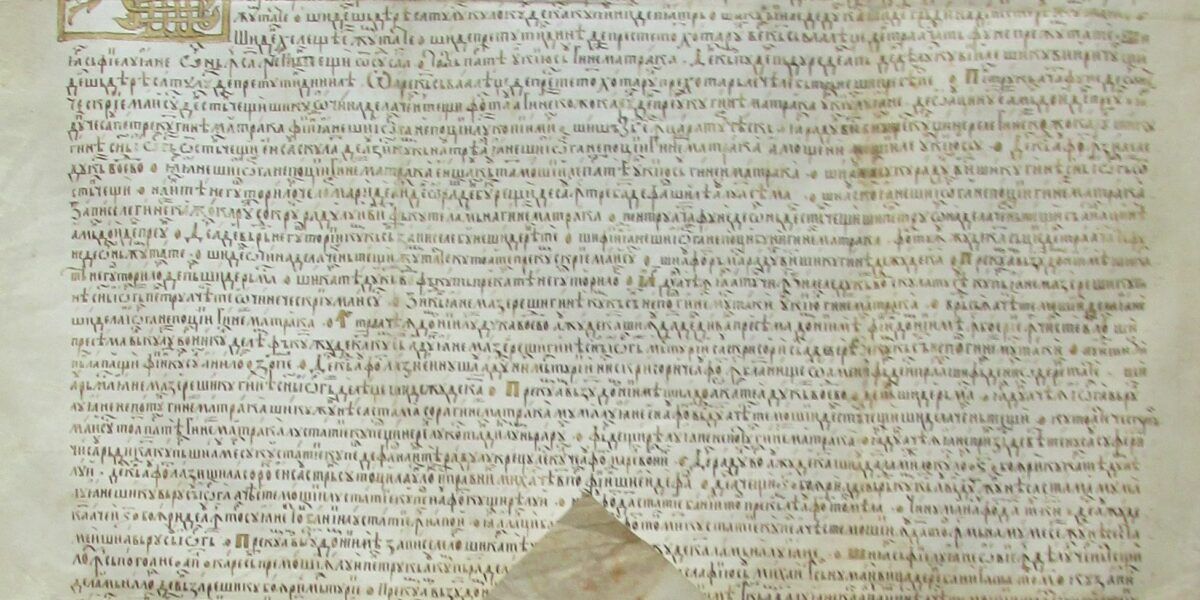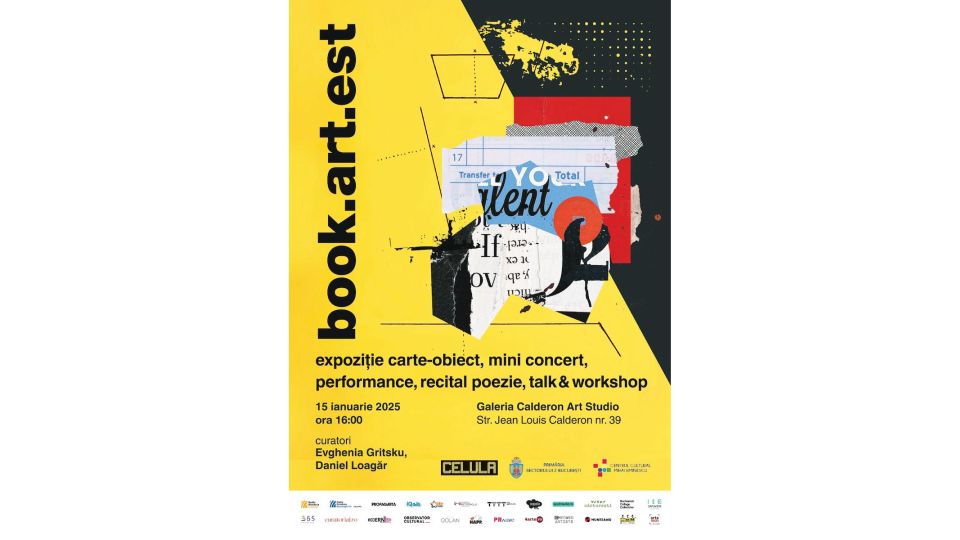Alexandru Tzigara-Samurcaș at the Romanian Peasant Museum
Ethnographer, museologist and cultural journalist Alexandru Tzigara-Samurcaș is celebrated at the Romanian Peasant Museum

România Internațional, 03.02.2024, 12:11
Ethnographer, museologist and cultural journalist Alexandru Tzigara-Samurcaș (1872-1952) was one of the important figures of the Romanian national culture, though quite forgotten during the years of communist regime. He was close to the royal family, King Carol I of Romania (1839-1914) in particular, and in 1906 he founded the National Museum, the core of the current National Museum of the Romanian Peasant (NPM). Since 2022, the museum has been hosting an exhibition honoring the personality of its founder.
Here is more from the manager of the museum, Virgil Ștefan Nițulescu:
Alexandru Tzigara-Samurcaș, the one who wrote a fundamental book for our culture, Romanian Museography, is the one we honored last year, when it was 150 years since his birth and 70 years since his death. He was honored with this exhibition that we opened on November 24, 2022. But though we initially intended to close the exhibition after six months, we realized that first of all we were not yet ready to reopen the permanent exhibition, but also that there were so many unique items to be seen in this exhibition, titled: Alexandru Tzigara-Samurcaș, founder of the National Museum. Because all the exhibited items, apart from the few objects that are part of the family collection and the museum collection and that have a commemorative role, are personal objects that belonged to Samurcaș, otherwise, all the other objects that were collected by him were placed in the museum’s storage rooms. Some of them were displayed in the exhibition that he himself made in the years after the First World War. Others were never exhibited again, for various reasons, they could not be exhibited, they remained in storage rooms. And we wanted to make them visible, to make them available to the public, because, unfortunately, people don’t know much about Tzigara-Samurcaș.
Virgil Nițulescu described to us with admiration the personality of the founder of the Peasant Museum, Alexandru Tzigara-Samurcaș, as follows:
He was an absolutely outstanding personality of our national culture, a versatile man, a man who did a lot of things. I found myself thinking at one point, when did he have the time to do so many things? Because he was not only the director of this museum, from 1906 to 1946, so for 40 years, but he was also the director of the Royal Foundations. He was director of cultural publications, he went all over Romania to photograph and collect objects. He visited many countries, especially Italy and Germany. He was a man, moreover, of German culture. That’s where he got his doctorate.
From the perspective of the NPM manager, there are some things that should be remembered about Tzigara-Samurcaș and the collection he left to Romanian culture:What is important about Tzigara-Samurcaș, and this is the thing that distinguished him from all other museologists, who collected such kind of cultural goods, is the fact that he did not consider himself an ethnographer and tried to collect objects that he would call beautiful. And Tzigara-Samurcaș tried, so to speak, to put the art that he considered national, that is, those objects made by anonymous Romanian peasants, but which were very beautiful, so this kind of art, in opposition to Western courtly art. In other words, he considered that what gives us our identity, what makes us Romanian, is this art made by anonymous peasant artists. This was the type of collection he made and our museum is, to this day, marked by his way of thinking. All our collections are collections of beautiful objects, not necessarily representative. Our museum has a unique collection because of the way the objects were collected.
Virgil Ștefan Nițulescu also told us what the exhibition brought from a cultural point of view.
I would like to add the fact that Alexandru Tzigara-Samurcaș had the attitude of a Renaissance man. He had a vast culture, he was a man interested in everything that happened around him, in the citadel, as they say, in Romanian culture. Such a personality was forgotten after the communist coup of December 30, 1947, and it was forgotten on purpose. And now, since this exhibition was opened, and we decided to keep it right until the whole permanent exhibition is reopened, now we see that more and more people start to take an interest in the personality of Tzigara -Samurcaș and many have started talking about him more in the public space.
At the end of our discussion, NPM manager Virgil Nițulescu shared the following with us:
Although, on the one hand, I wish as soon as possible, this year, to reopen the permanent exhibition, on the other hand, I must say that it will be difficult to part with this temporary exhibition dedicated to Tzigara-Samurcaș. But, I must say that some of the objects that were placed in the temporary exhibition will also remain in the permanent exhibition, so that they can be seen again by our public there, as soon as possible, in the year 2024. (MI)






























